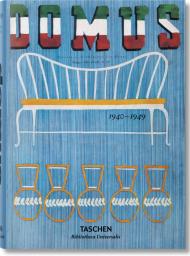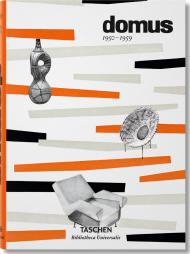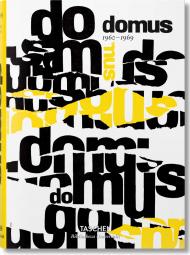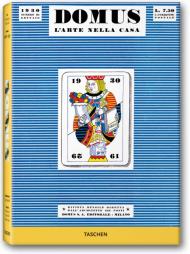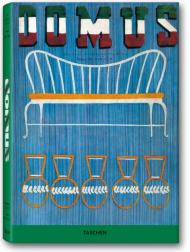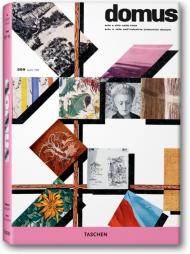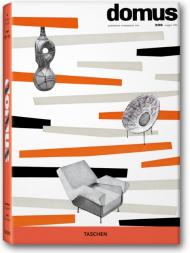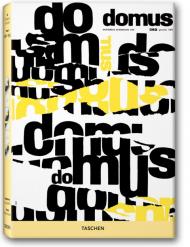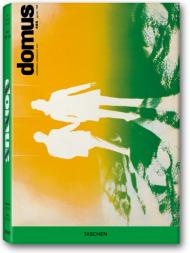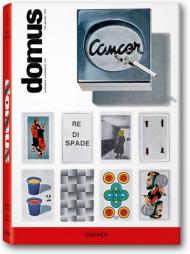How do today's brightest and best designers see the future of design? What are the defining elements of form, function, and aesthetics at the turn of the millennium?
In response to these burning questions, we've put together the definitive book on cutting-edge product design, furniture, ceramics, glassware, and textiles. Including a cross-section of the world's most influential designers, from superstars to newcomers, and stunning images of their most progressive work, Designing the 21st Century is like no other book of its kind.
Making it especially unique are the contributions from all designers featured: each sent us his or her answer to the question, "What is your vision for the future of design?" Crack the book to see how their revolutionary ways of thinking take shape. The experimental concepts and predictions featured here will serve as an important reference for generations to come - when researchers in 2101 want to see what was going on in design a century earlier, this is the book they'll turn to.
Издательства
- Thames & Hudson (15)
- Rizzoli (13)
- Phaidon (7)
- Fuel (3)
- Laurence King Publishing (3)
- Standards Manual (3)
- Prestel (3)
- Vitra Design Museum (2)
- PIE Books (2)
- Flame Tree Publishing (2)




